Description
As a landlord, you’re not just providing a place to live; you’re responsible for your tenants’ well-being. And when it comes to their safety, electricity is a biggie. Think of it as your duty to make sure the wiring, sockets, and everything electrical in your property are safe and sound from the moment they move in and throughout their tenancy. Let’s break down what that means for you, focusing on those all-important Electrical Installation Condition Reports (EICRs) – what used to be called Periodic Inspection Reports (PIRs).
What’s Your Job When It Comes to Electrical Safety?
The law says you need to make sure the whole electrical setup in your rental property – that’s the cables hidden in the walls, the sockets they plug into, the switches they flick, and that fuse board (or consumer unit) – is safe to use, all the time your tenants are living there. To make this happen, you absolutely must –
- Get a Pro in- You’ll need to hire a qualified and competent electrician (look for folks registered with SELECT or NICEIC – they’re the trusted ones) to give the entire electrical system a really good once-over.
- Fix it Fast- If the electrician finds any problems – anything that isn’t up to current safety standards – it’s your job to get it sorted out pronto. They’ll usually give you a quote for any repairs or replacements needed.
Why All the Fuss About Regular Electrical Checks?
Think about it – just like anything else, electrical systems can get old and worn out over time. Regular checks and tests are like a health check for your property’s wiring. They help spot potential dangers and make sure your tenants are safe. An EICR is the official record of this check, and it helps to –
- Spot Danger – Find anything that could give someone an electric shock or start a fire.
- Check for Overloads – Make sure no circuits are being pushed too hard.
- Keep Up with the Rules – Ensure all electrical work meets the latest safety regulations.
- Ground Things Properly – Highlight if there’s a lack of essential earth bonding (which is a vital safety feature).
What Exactly Does an Electrical Safety Check (EICR) Look At?
A thorough EICR inspection covers all sorts of things, including –
- The Earth Connection – Making sure it’s there and doing its job properly.
- The Fuse Board (Consumer Unit) – Checking if it’s suitable and meets modern standards. (Old wooden fuse boxes or cast-iron switches? Usually a red flag!)
- Sockets, Switches, and Lights – Looking at their condition and making sure they’re safe. This might mean suggesting you replace older types like those round-pin sockets, round light switches, fabric-covered cables, or black accessories stuck on skirting boards.
- The Wiring Itself – Checking what type of wires you have and if they’re in good condition. Older types like black rubber or lead/fabric cables might need upgrading to safer, modern PVC ones.
- Outdoor Plug Sockets – Ensuring any outside sockets have special protection called an RCD (Residual Current Device). It’s like a safety net.
- Labels and Warnings – Checking if there are enough clear safety labels and warnings around.
- Wear and Tear – Looking for any signs of damage or things just getting old.
- Built-In Appliances – Checking the wiring of things like ovens and boilers that are permanently connected.
- Changes in How the Property is Used – Making sure any changes to how the property is used haven’t created any electrical safety issues.
The Official Report – Your Electrical Installation Condition Report (EICR)
After the electrician has done their inspection, they’ll give you a detailed EICR. This report will tell you –
- What Was Checked – Exactly which parts of the electrical system were tested.
- How Things Rated – Each part will be marked as “satisfactory," “improvement recommended," or “unsatisfactory."
- The Overall Picture – Whether the whole electrical system is considered “satisfactory" or “unsatisfactory."
Heads Up! If anything is marked as “unsatisfactory," the whole report will be unsatisfactory, and you’ll need to get those problems fixed straight away to make sure your tenants are safe.
Keeping Your Tenants in the Loop –
As a responsible landlord, you’re legally required to give a copy of the EICR to your current tenants and any new tenants before they move in. It’s all about transparency and keeping everyone informed.
How Often Does This Need Doing?
For rental properties, you legally need to get an Electrical Safety Check and a new EICR at least every five years. However, if the electrician who does the check recommends doing it more often (always check the recommendation date on your EICR!), you should definitely follow their advice.
Just So You Know – If you live in your own home, it’s generally recommended to get an electrical inspection done every 10 years.
Sorting Out Your EICR Costs with ELC Sales & Lettings –
Here at ELC Sales & Lettings, we can take the hassle out of arranging your EICR. We work with a network of trusted, qualified electricians who can carry out the inspection for you. While the cost can vary depending on the size and complexity of your property, we aim to get you competitive rates. Just get in touch for a tailored quote for your Edinburgh property. Keep in mind that this initial cost usually doesn’t include any repair work that might be needed – the electrician will give you a separate quote for that.
Let ELC Sales & Lettings help you make sure your property is electrically safe and compliant. Get in touch today to chat about your EICR needs!
Get Started, contact us for a free sales or rental valuation!
We are more than happy to help new and prospective clients with advice



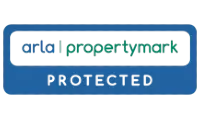





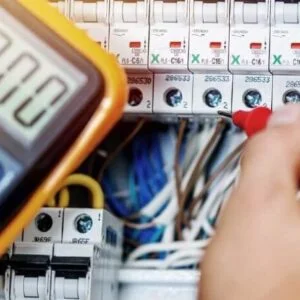
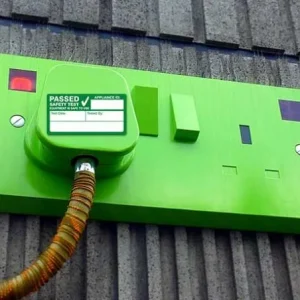

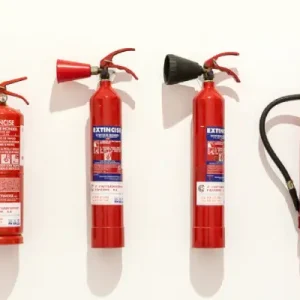
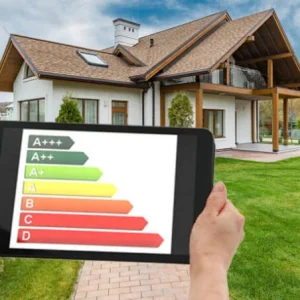


Reviews
There are no reviews yet.